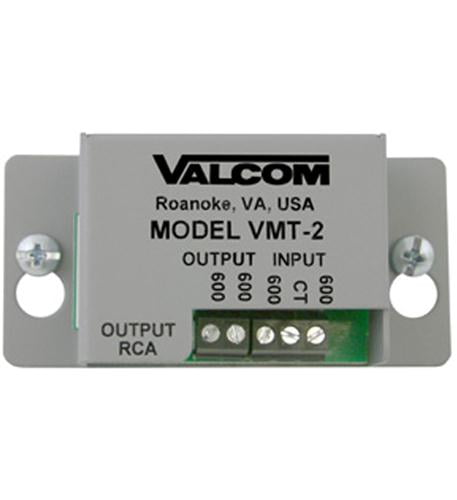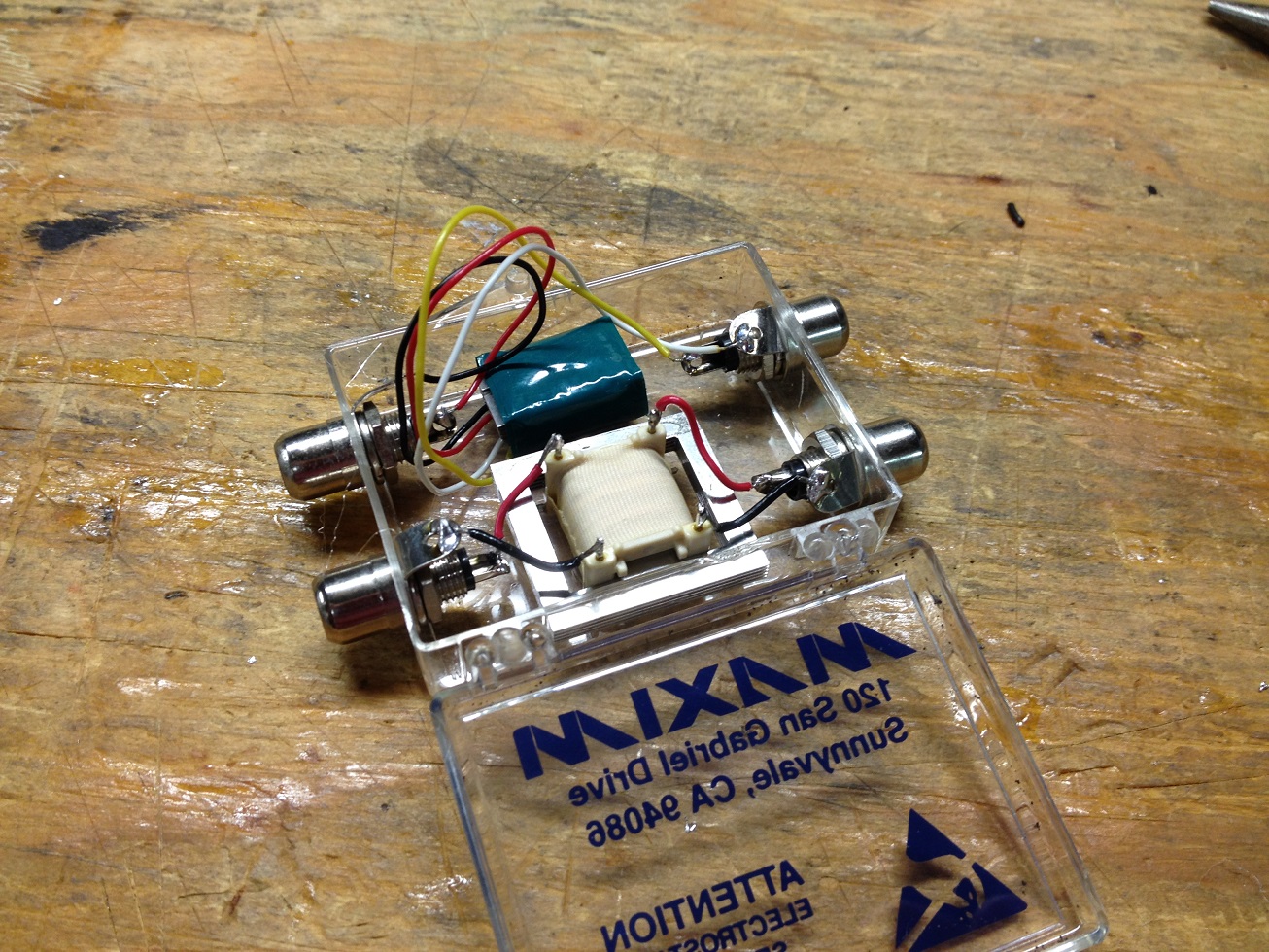

Since the strength of a magnetic field drops rapidly with increasing distance from its source, often moving the transformer only an inch or two will diminish the noise dramatically. The easiest way to see whether you have a stray-flux problem is to move the transformer away from the rest of the circuitry. Photos 2 and 3 show oscilloscope patterns of stray-flux noise in a tube headphone amplifier, which I’ll talk about more later. You can often see large spikes that correspond to the reverse recovery current in solid-state rectifiers, which is probably a subject worthy of an article itself. The noise waveform on an oscilloscope is usually not sinusoidal-instead, it looks more like the combined waveform of the current drawn from the secondary(s), which has a much sharper peak, resulting from the filter capacitors charging on the rising edge of the AC waveform. Tube circuits, in particular, with their high impedances, are very susceptible to picking up noise from power transformer stray flux. Stray-flux problems usually manifest themselves as a line-frequency noise - more of a buzz than a hum - that is unrelated to power-supply ripple or filtering. Note the spikes from diode reverse recovery. Photo 3 (right): Oscilloscope pattern showing output noise (top trace) and the current through the plate winding, using the horizontal EI-core transformer. Photo 2 (left): Oscilloscope pattern showing output noise (top trace) and the current through the plate winding, using the vertical EI-core transformer. If an AC magnetic field that leaks from the power transformer intersects a wire (or PCB trace), it will induce a small current into that wire, just as if it were a secondary winding on the transformer. The resultant noise voltage produced is generally very small, but in audio equipment, even a few millivolts of noise in a sensitive circuit can be audible. This field, called “stray flux,” is a primary concern in the selection of a transformer for audio equipment. Of course, nothing is perfect, and there is always at least some part of the magnetic field that escapes from the transformer. In a perfect transformer, the entire magnetic field generated by the primary winding would be contained entirely within the transformer and pass through the secondary winding(s). Sometimes this problem is simply the result of not enough filtering or regulation of the DC power supply, or perhaps a ground loop in an input circuit.īut often, magnetic coupling from the AC power transformer is the culprit. If you’ve built much audio equipment, chances are that at one time or another you’ve run into a problem with line-frequency noise getting into the audio signal signal path. Magnetically Induced Noise And Stray Flux

I’ll describe a number of the more common types in detail (Photo 1) a little later. There are many different ways to build the core using different materials, processes, and shapes. This is done because the permeability, or magnetic conductance, of iron is much higher than that of air, which allows a transformer to work much more efficiently. All the windings are placed on a “core” made of an iron alloy. The voltages required for the rest of the system are generated in “secondary” windings. In a power transformer, the “primary” winding is driven with AC line voltage - the power that comes out of the wall. Conversely, the field passing through another winding induces a current in it, which is used to drive the load. Coiling wire into a “winding” and passing current through it produces the magnetic field. Grossly oversimplified, a transformer works by converting an AC current to a varying magnetic field, and then back into an AC current. Clockwise from top: EI-core plate/filament transformer, toroidal transformer, PC-mount UI-core transformer, and C-core transformer. Photo 1: An assortment of power transformers.


 0 kommentar(er)
0 kommentar(er)
